By this time of year, end of June, planting shrubs and trees is largely over until fall, and the garden beds are showing off brilliantly colored annuals. Spring vegetables are boulting under the warming summer skies. Believe it or not, the days are getting shorter as the sun begins its retreat from the tropic of Cancer on the summer solstice.

This has been a year of drought in Maine. Grass is already turning brown, falling into dormancy. We are 4 inches behind normal rainfall with July the statistically driest month. Worrisome news is everywhere. The first ever temperature of 100’F was recorded inside the arctic circle in Siberia. The Gulf of Maine has the most rapidly rising temperature of any part of the ocean. Covid-19 is increasing due to overly zealous reopening. Masks that have been shown to prevent infection have become political footballs rather than medical recommendations. The garden is my place of solace, my own private little world, my ecosystem. Flowers nod their greeting in the gentle summer breeze. Hummingbirds hover, collecting nectar from red and purple blooms. With 350 species, they are masters of pollination among birds. Butterflies are returning. Gardens are flourishing across the country providing an opportunity to feel at one with nature while we are socially isolated from people.
Gardens provide a safe haven. I saw this plant in early spring and did not recognize it. I was wisely advised to wait and see what grew.

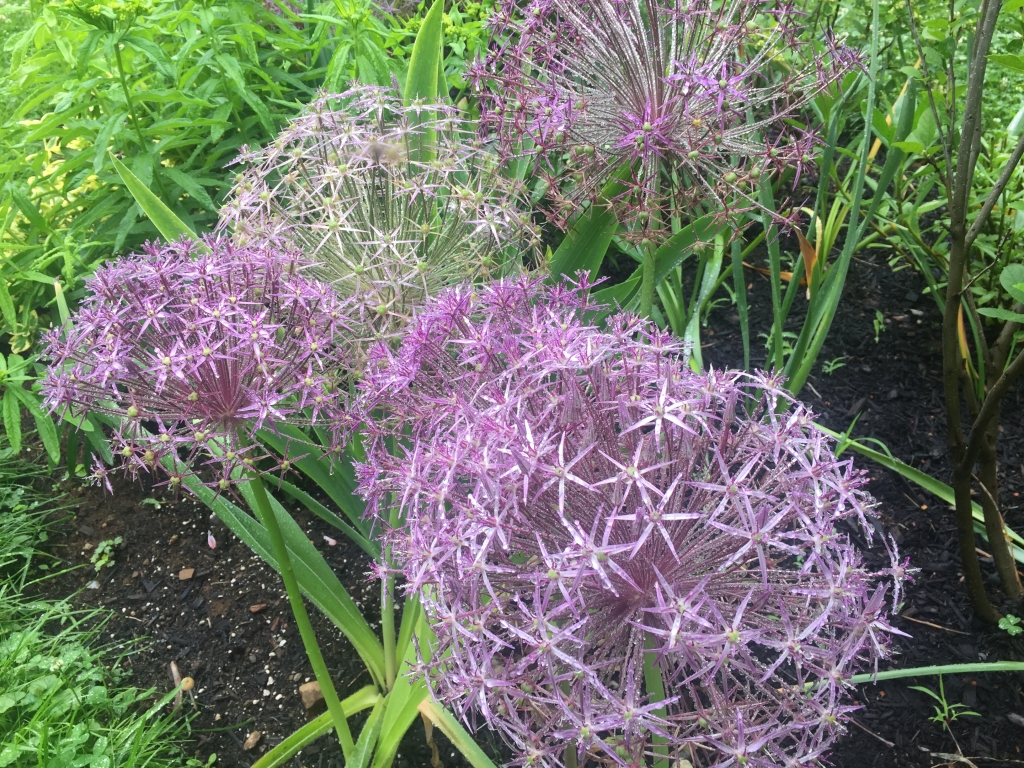
WEEDS AS INVASIVES
I spend my days alternately weeding and watering, watering and weeding. A weed is basically a plant that is unwanted, growing in the wrong place, usually at the expense of more beneficial plants. They compete with desirable plants for nutrients. According to Maine Department of Agriculture website; Invasive plants are plants that not native to a particular ecosystem, whose introduction does or is likely to cause economic or environmental harm. Of 2100 plant species in Maine 1/3 are non- native. Only a small fraction of these are considered invasive. Invasive also describes behavior. These vines can smother shrubs and trees blocking sunlight, eventually killing the plant. Their dense undergrowth increases local humidity and encourages proliferation of ticks.
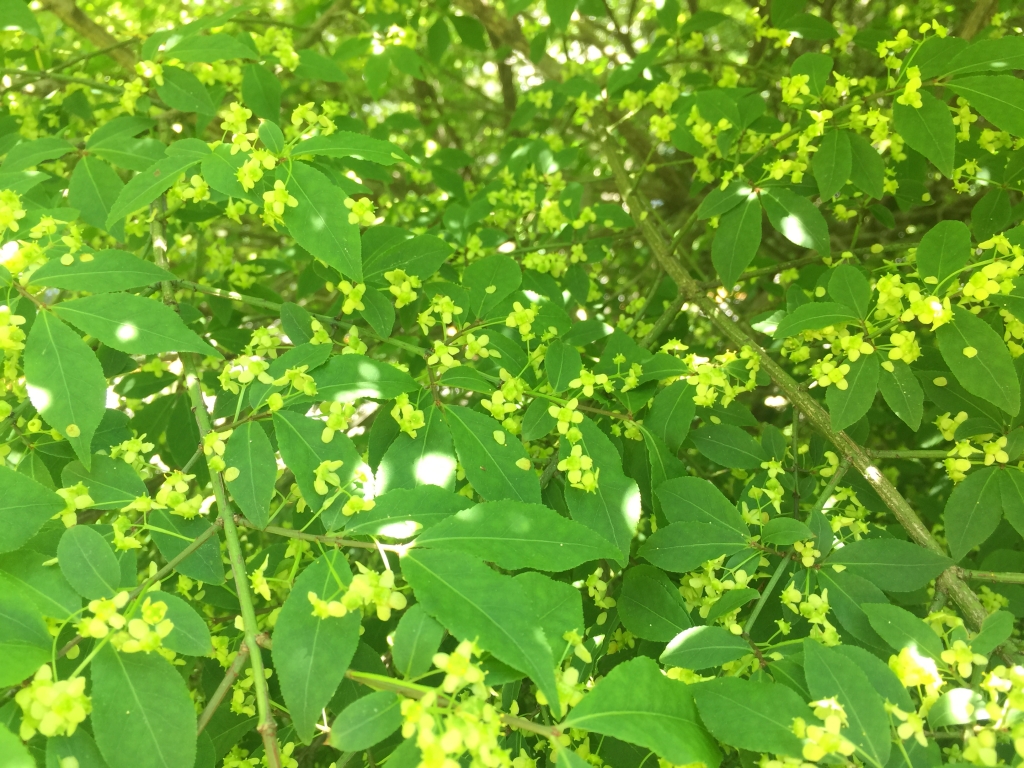
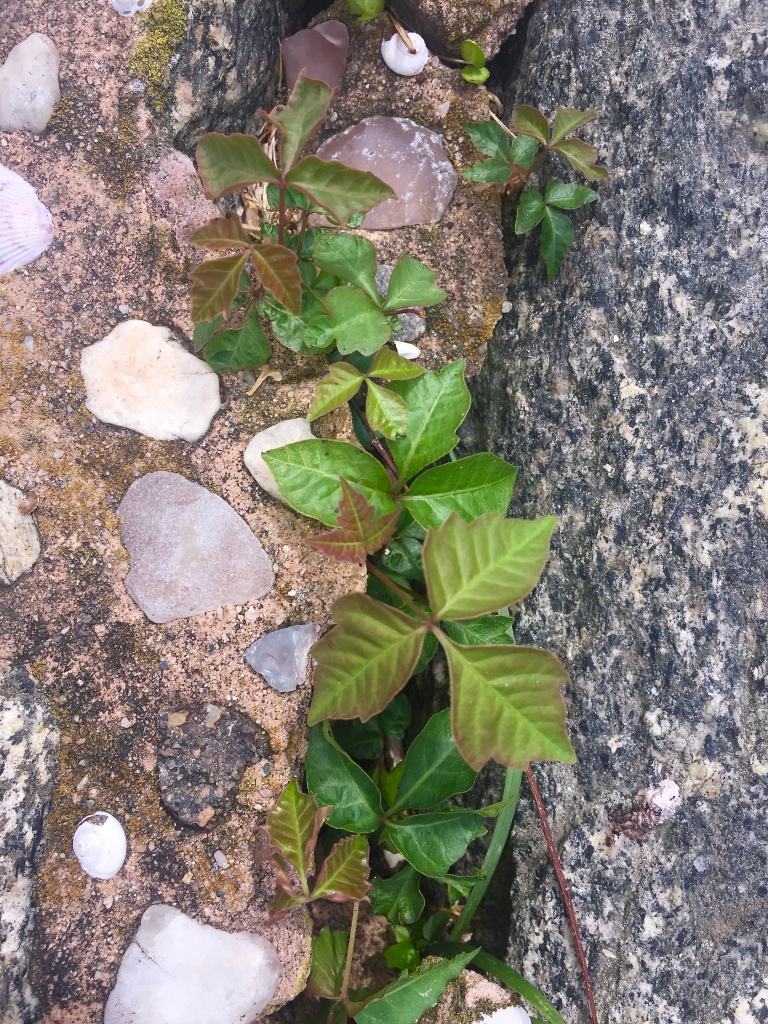
Invasive plants include Japanese knotweed or Japanese barberry or Kudzu. Most invasives were introduced to this country as cultivated ornamentals. Oriental bittersweet was prized for its berries and decorative woody stems in the 1860s. Autumn olive is an invasive tree. Burning bush is an invasive shrub. Invasive plants can also be of domestic origin like Virginia creeper, trumpet creeper and poison ivy. There are 4 main groups; non- flowering (spore producing), monocots (grasses), herbaceous broadleaf (dicot), and woody weeds. (1) I think I have them all in my yard. As the grass goes dormant weeds proliferate.

POLLINATORS
80% of all flowering plants depend on pollinators for reproduction. (2). Important pollinators include bees, beetles, butterflies, and moths. A lawn, with its frequently mowed seedless grass will never be a high- quality pollinator habitat. Savvy environmentalists consider lawn akin to a desert wasteland. It does not support birds or animals or insects, just golfers.
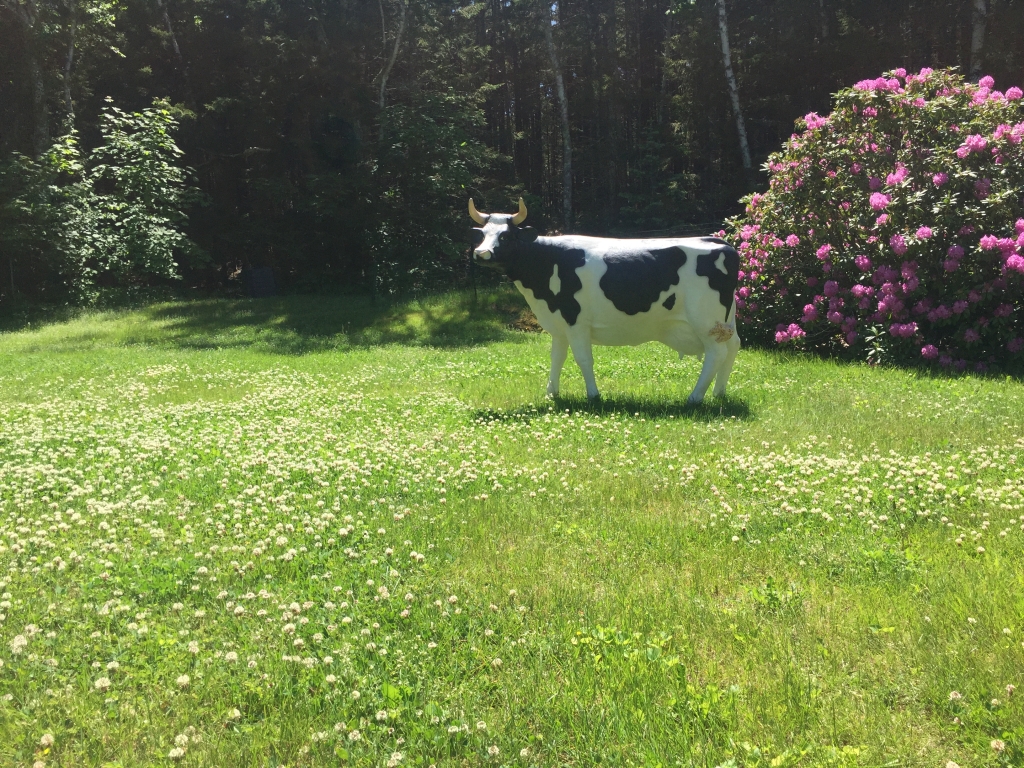

In the early spring I loved the bright yellow dandelions that attracted hungry bees. Dandelions can be eaten in salads or as substrates for wines. I was inspired to let them populate my lawn. Then they were replaced by grey windmills blowing seeds everywhere. My resolve to allow weeds to flourish in the lawn diminished. I pulled them out by hand when the soil was moist, and I could capture the entire root. A trowel or weeding fork works well. Now the ground is too dry and hard. Yes, weeds are green and from far can look like lawn. Creeping Charlie invaded my flower beds, as did crabgrass. Common blue violet has a tuber at its base that must be removed, or it will return. Have you ever tried to pull up spreading lily of the valley? Once flowering is over, it is a weed with tough rhizomes that resist removal.
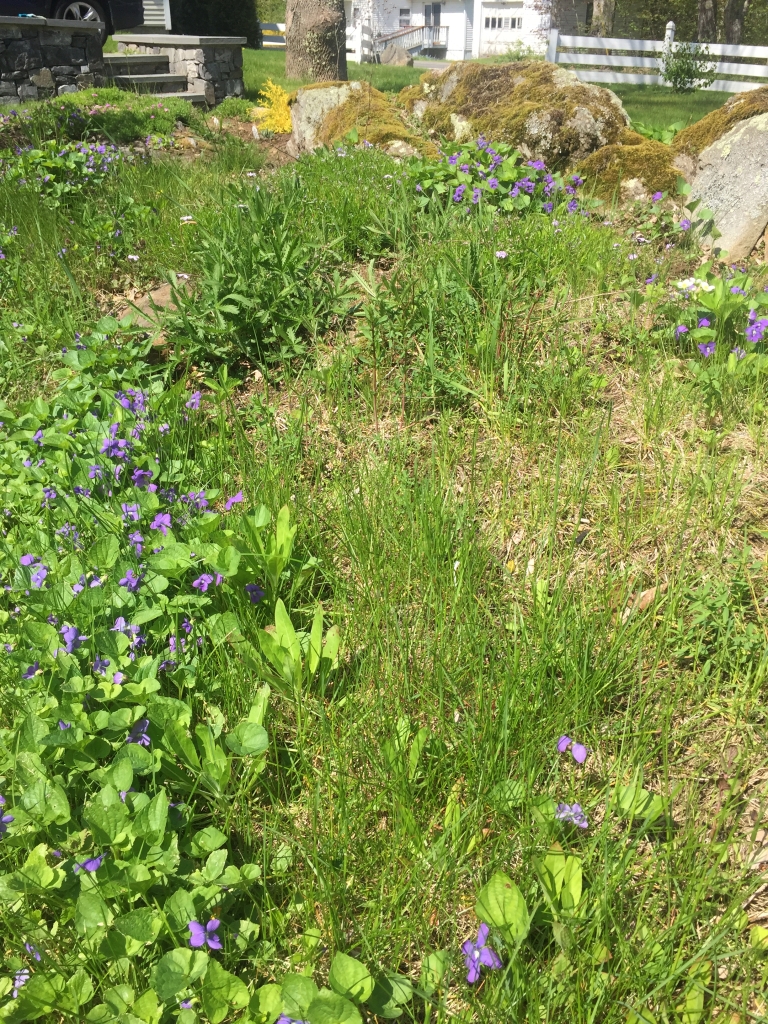

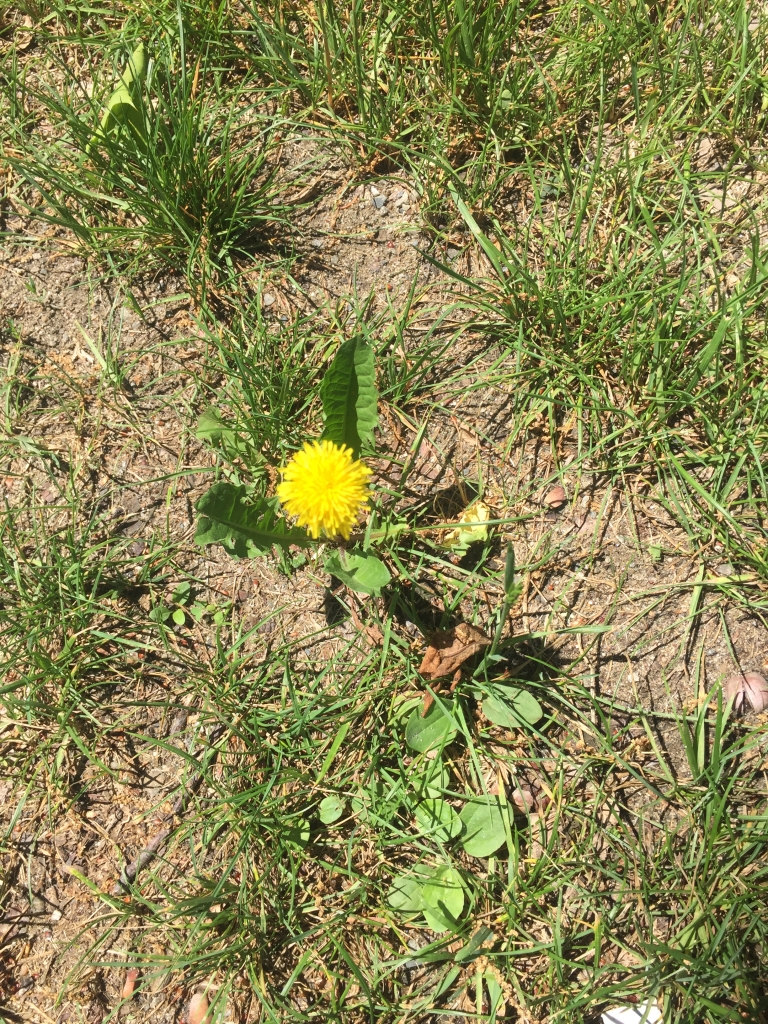
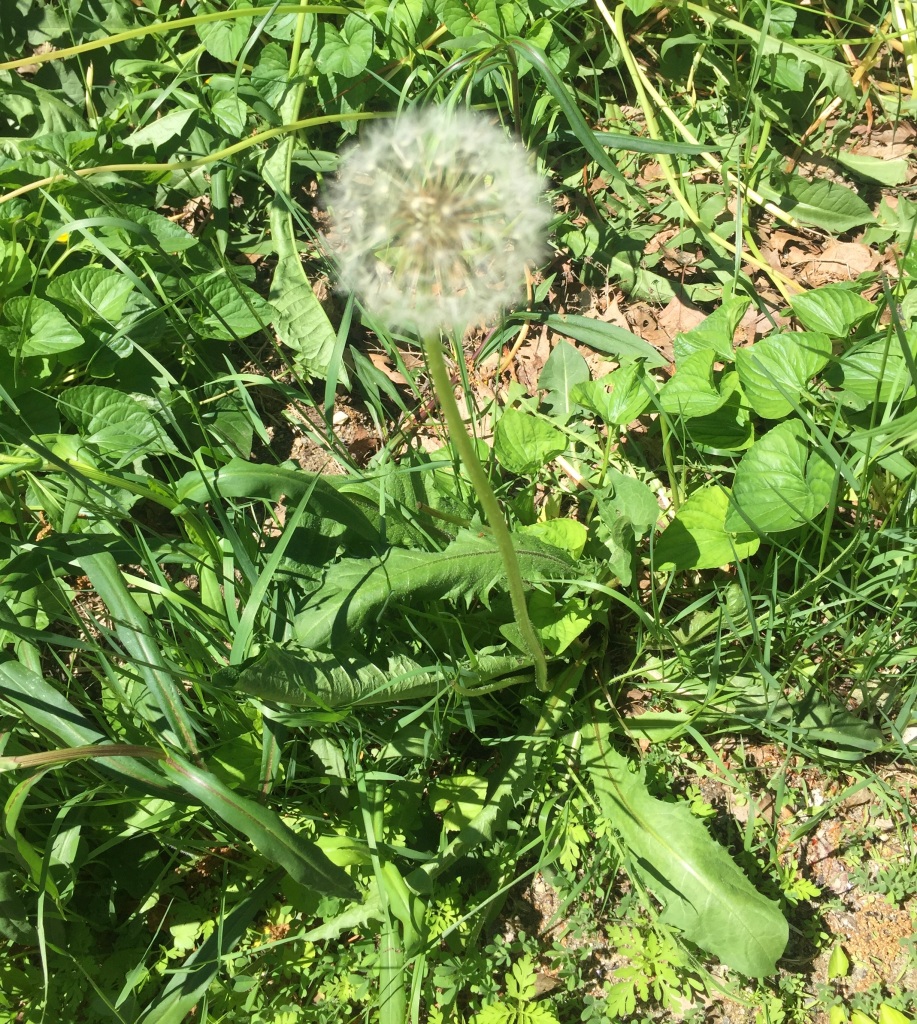

Plantain weeds have thick tenacious roots and no redeeming value. Last summer I foolishly used round- up on a plantain. It killed both the weed and grass around it and prevented new grass seed from germination. I will never use that again.
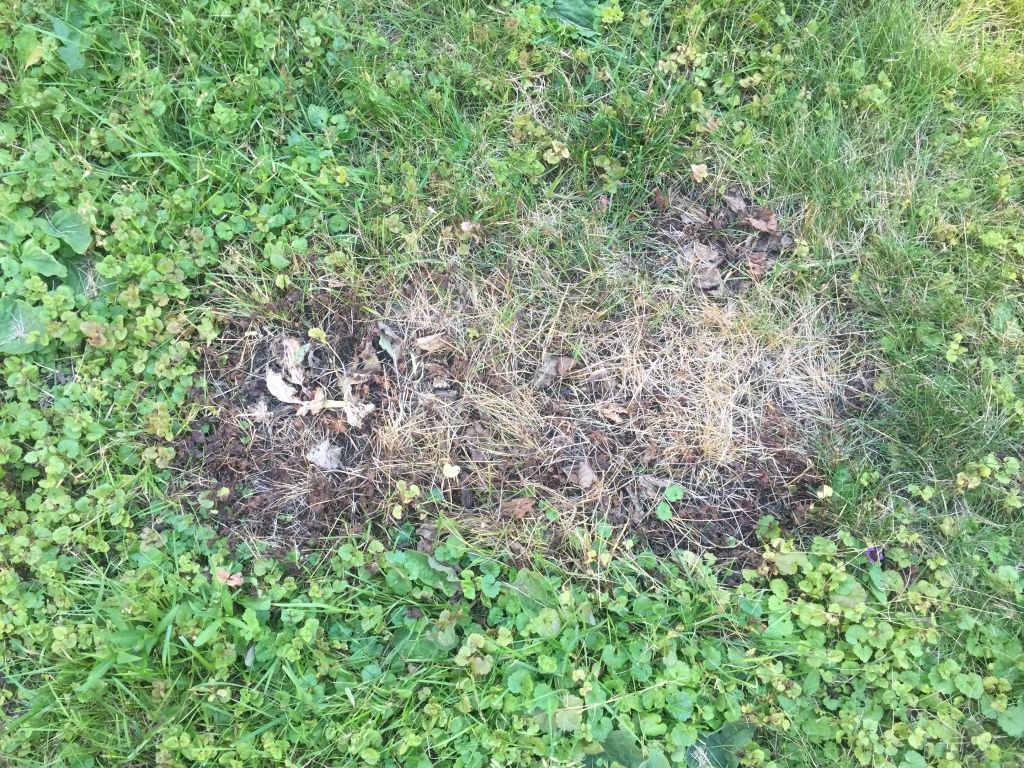
WEED CONTROL
My weed control consists of several measures.
- I use Epsoma organic weed preventer made from corn gluten in flower beds at planting time. I cover it with woven landscape fabric when there is a wide enough space between shrubs or flowers. This allows water to pass but not weeds. I cover this with bark mulch, making sure to stay 3” away from plant stems. Old newspapers soaked in water work well but will not be porous.
- Organic weed control can be done with white vinegar and salt and dish soap in equal parts. Transfer to a spray bottle and it will be lethal to weeds. Boiling water also works. Horticultural vinegar is a commercial organic weed killer. (great for common blue violets).
- I mulch generously to smother weeds, but old bark mulch needs to be removed every year or two.
- Especially after a rain I will pull up creeping Charlie and clover that is invading flower beds.
- Invasive vines are my nemesis. I pull them out by the roots whenever I can.
- On places like my driveway I will use a chemical spot weed killer in small doses.
- I set aside an area of the yard I call my meadow where I let nature choose what grows. I watch. Weeds=wildflowers=weeds.
- Crowd out weeds with perennials and annuals. I learned I can plant closer than the plant label states as long as I trim and deadhead.
DESIRABLE WEEDS
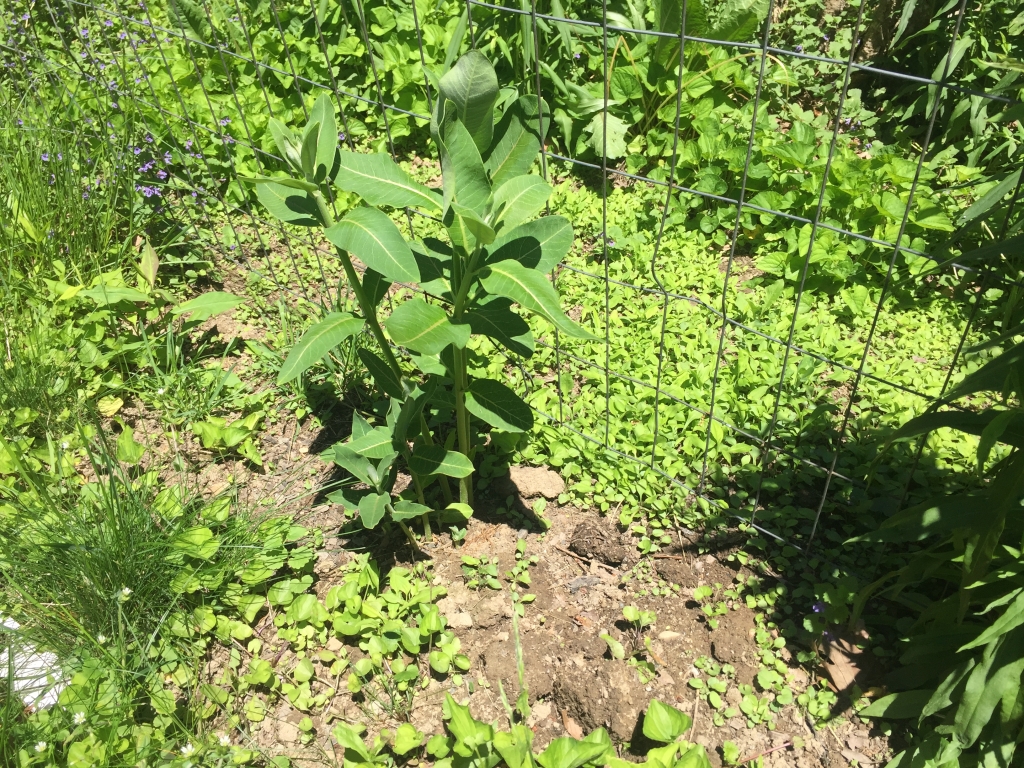
I love butterflies. My interest in all things exterior started with my affection for and determination to protect and preserve butterflies. Therefore, I have common milkweed Asclepias syriaca L. (look for monarch eggs under the leaves). I also have whorled milkweed a native with thin leaves and white flowers (Asclepias verticillata). Swamp milkweed (Asclepias Incarnata cinderella) has lovely pink flowers but is prone to aphids. Butterfly weed develops thick shrub like stems and orange flowers (Asclepias tuberosa) . I had tropical milkweed Asclepias curassavica. It is a beautiful plant with yellow on red flowers, loved by butterflies, but it cannot survive outside in northern winters. It is a controversial choice because it flowers late into fall and may confuse monarchs preparing to migrate south. I grow 5 types of Asclepias. It begs the question; what is a weed?

There will always be a tussle between the need for biodiversity in a garden and our sense of aesthetics. Plant monoculture as we see on large commercial farms, is associated with increased plant disease and decreased support of pollinators. A healthy garden ecosystem has plant and animal diversity; with trees, shrubs, vines, perennials, annuals in a multitude of shapes and sizes that attract a greater variety of pollinators. It is all about preserving pollinators while satisfying our creative and aesthetic drive. The Pollinator Pathway is a participatory design and ecology social sculpture initiative created to connect existing green spaces. These connected spaces form a more hospitable urban environment for pollinators. All are invited to participate and certify their green spaces. The one exception to my dedicated garden conservation effort is the groundhog, woodchuck, monster that is eating my coneflowers and lupines. He is banished forever. (If only I could).

Next editions include butterflies and a visit to my gardens in full summer
References
1. Eierman Kim. The pollinator Victory Garden.Quarto Publishing Group Beverly, MA: 2020
2. Uva, Richard, Neal, Joseph, Ditomasso, Joseph. Weeds of the Northeast; Cornell University press Ithaca New York 1997.
3. Bergman,Sarah. Web site: Pollinator Pathway Certification Program since 2013
Even in drought, your garden looks lovely!
LikeLike
I love to share my love of digging. Thanks for the compliment. I only work at it all day. We finally had some rain. Yay.
LikeLike
Isn’t milkweed toxic to pets, chickens, and partially to humans? I was just reading about it today as I saw a few monarch-“looking” butterflies in my garden this morning, and trying to see what would attract more, until I found the poisonous road block.
LikeLike
Milkweed should not be ingested by humans or chickens. A quick bite by a chicken or dog results in an upset stomach possible vomiting. It is quickly learned not to eat. Similar to poinsettias in toxicity. Cats quickly learn to avoid eating the Christmas plant.
LikeLike